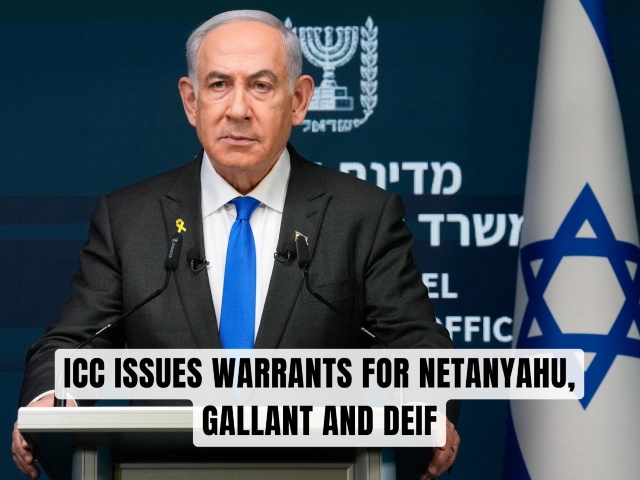
-
Finally: SA And Mozambique Hold Urgent Rhino Poaching Meeting
08 Feb 2012 by Jasmine Stone in Animals, Business, Communication, Conservation, Crime, Culture, Environment, Nature, World
On Monday, the Minister of Water and Environmental Affairs in South Africa, Edna Molewa, met with the Minister of Tourism in Mozambique, Fernando Sumbana Junior. They met in Pretoria to discuss solutions to the rhino poaching epidemic occurring in the Kruger National Park. This is what they’ve concluded so far.
The Kruger National Park is by far the worst effected by the rhino poaching epidemic: it lost 252 rhinos, 244 white and eight black, in 2011, and has this year already lost 17 rhinos, bringing the total number of rhinos already poached during 2012 to 31 as of February 3.
Other important figures that attended the meeting included Mr Fundisile Mketeni, Deputy Director General of Biodiversity in the Department of Environmental Affairs in South Africa, Dr David Mabunda, Chief Executive Officer SANParks, and Dr Bartolomeu Soto, Head of The Transfrontier Conservation Areas Unit in the Ministry of Tourism in Mozambique.
Minister Sumbana took the opportunity to introduce what will effectively be a similar wildlife management programme as that of SANParks:
To the extent that Mozambique is desirous of ensuring effective and efficient management of its parks, the Mozambican government has passed a decree creating a flexible state-owned agency similar to that of SANParks.
This will assist with management effectiveness and allow greater flexibility in sourcing funding than is currently the case.
Sumbana continued that Mozambique had now prioritised looking at the introduction of legislation that will deal with poaching in a more serious light.
Currently, Mozambique views poaching as an offence of damage to property, but now wants to escalate this to a criminal offence carrying heavier sentencing.
Sumbana said Mozambique’s natural resources were being pillaged by organised Mafia, and as a result, a new elite and highly trained National Anti-poaching Unit has been formed with the first recruits graduating shortly. They’ll then be deployed in priority poaching areas.
Minister Molewa reiterated her commitment to the Mozambique border stretching between the Massingir and the Komatipoort areas, including:
- Adding 150 field rangers to increase law enforcement officers in the KNP to 650
- Requesting the South African government to increase military presence in the KNP
- Improving coordinated national efforts to increase intelligence gathering
- The possibility of strengthening the border fence between Massingir and Komatipoort
In a press release issued jointly by SANParks and the Mozambican Transfrontier Conservation Area Unit, Dr Mabunda and Dr Soto repeated that they had a high level of support for the Transfrontier Conservation Area from the various stakeholders and land users in Mozambique – particularly the private concessionaires:
It was reported in the meeting that realizing the success of collaborating with Mozambique on the Great Limpopo Transfrontier Park with reduced rhino poaching incidents and the difficulties of erecting a fence between Massingir and Komatipoort, Dr Mabunda had recently visited Dr Soto to discuss the idea of including the 220 000 hectare Greater Lebombo Conservancy to act as an effective buffer for the KNP southern section linking with Mozambique.
The idea has since morphed into a Transfrontier Conservation Area in line with the signed treaty that created the GLTP. Indeed, Article 3(2) of the signed treaty envisioned the TFCA in Mozambique to include “the Massingir and Corumana areas, as well as the interlinking regions” thus creating an immediate framework for bilateral between the two countries for the inclusion of the Greater Lebombo Conservancy.
The two Ministers agreed that they would continue their efforts to successfully implement what has been proposed thus far, and will also continue work toward finding further solutions to curbing the epidemic.
[Sources: SANParks, StopRhinoPoaching]
Latest News
-
Friday Morning Spice
[imagesource:FMT] Outrage And Hope As ICC Issues Warrants For Netanyahu, Gallant And Deif...
-
Thai Woman Sentenced To Death For Murdering 14 Friends With Cyanide In Shocking Killing Spree
[imagesource: Sararat Rangsiwuthaporn] A woman in Thailand, dubbed 'Am Cyanide' by Thai...
-
René Magritte Painting Sells For Record R2.1 Billion At Auction
[imagesource:renemagritte.org] A René Magritte painting portraying an eerily lighted s...
-
Brave Rape Survivor Alison Botha Faces New Challenge After Brain Surgery
[imagesource: Alison Botha] Gqeberha rape survivor Alison Botha, a beacon of resilience...
-
Get Ready For The Mother of All Celebrations As MCQP Turns 30
[imagesource:mcqp/facebook] Clutch your pearls for South Africa’s favourite LGBTQIA+ ce...






























